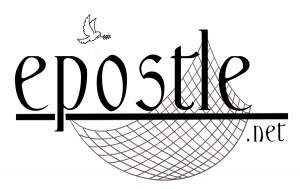No Worries is Not Child’s Play
Armodoxy for Today: No Worries is Not Child’s Play
Jesus’ statement regarding worry seems childish, naïve and, well, unrealistic. What does it mean don’t worry about tomorrow? In a world that’s defined by long-term strategies, investments, and future payouts, the idea of living for today is absurd. With homelessness on the rise in every major metropolitan city, the idea of not worrying about what to eat, drink or clothing seems to contribute to the ever-growing problem.
At the beginning of this Advent journey, I suggested that you keep a journal of your travel toward Theophany. Reflect on the earlier teachings from the Sermon on the Mount. This statement on trusting our Heavenly Father is merely the logical follow up and conclusion to what Jesus taught earlier. Yes, if God feeds the birds of the air and clothes the flowers of the field which today are and tomorrow are gone, how much more will he take care of you?
But there is more to this than just not worrying. Anxiety, and the fear that causes it, are the opposites of faith. Fear is the biggest obstacle to your living a productive life. Fear is the opposite of faith. If you have faith you have trust. If you have trust then you diminish the power of anxiety because you completely submit to God. Of course, this all comes together when applied on the foundation established by Jesus earlier in the Sermon on the Mount. For instance, understanding that true treasures are not those on earth or discovering the true blessing in humility, these are the foundations upon which you escape the worry and the fear of this world.
Trusting God means to completely submit to His will. It means to allow God to be Father and for you to be His child. It means to enjoy the life that He gives you, to fly with the birds and to be clothed like the lilies of the field. Remember, in the old covenant God was known as Lord, but Jesus set up a new relationship, unlike any other, so that we dare to call God, “Father.” And not only my Father or your Father, but Our Father who art in heaven… Believe He is our Father. He takes care of every single part and aspect of the universe.
Certainly, you will always have fears and apprehensions of tomorrow, but you need to diminish them and the only way, the only cure for that is faith. To strengthen your faith, to really look at the examples that He gives us, look also at all of the examples that are plainly around you. Alongside the birds of the air and the lilies of the fields are the simple smiles of your children, the warm embraces of your loved ones, the monumental signs of the mountains, the crashing waves, the moon and stars, each of them telling you, as Albert Einstein says, “God does not play dice with the universe.” Life has not haphazardly been caused by an accident. God loves us and takes care of us.
Today we pray Psalm 37 (vs 3-5), Trust in the Lord, and do good, dwell in the land, and feed on His faithfulness. Delight yourself also in the Lord, and He shall give you the desires of your heart. Commit your way to the Lord, trust also in Him, and He shall bring it to pass. Amen.


